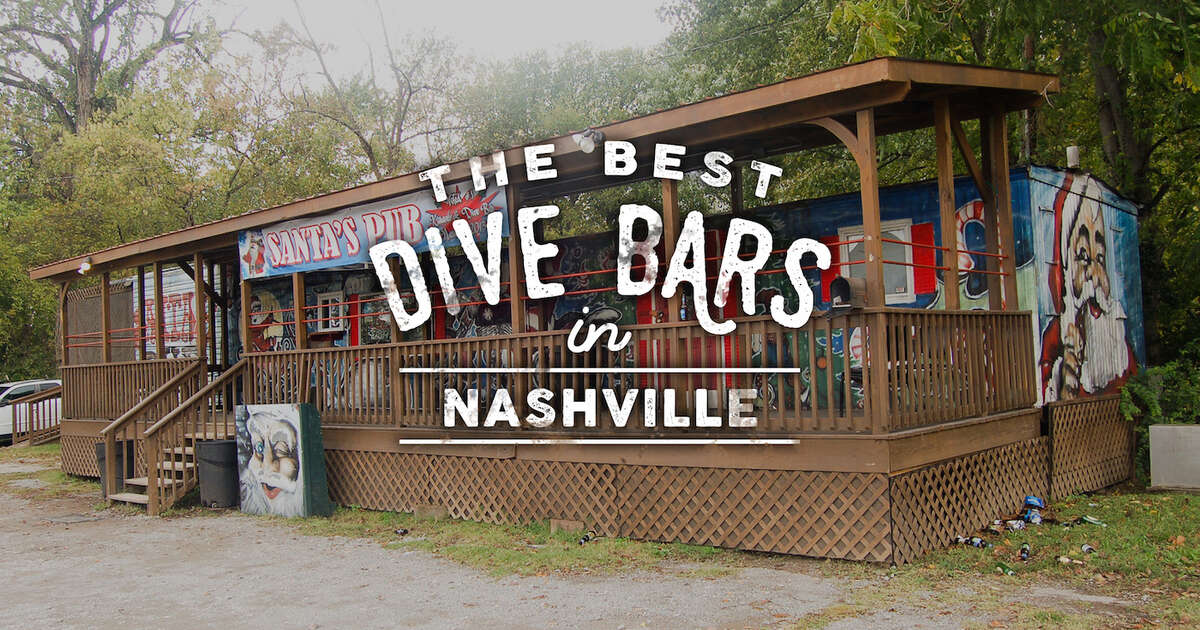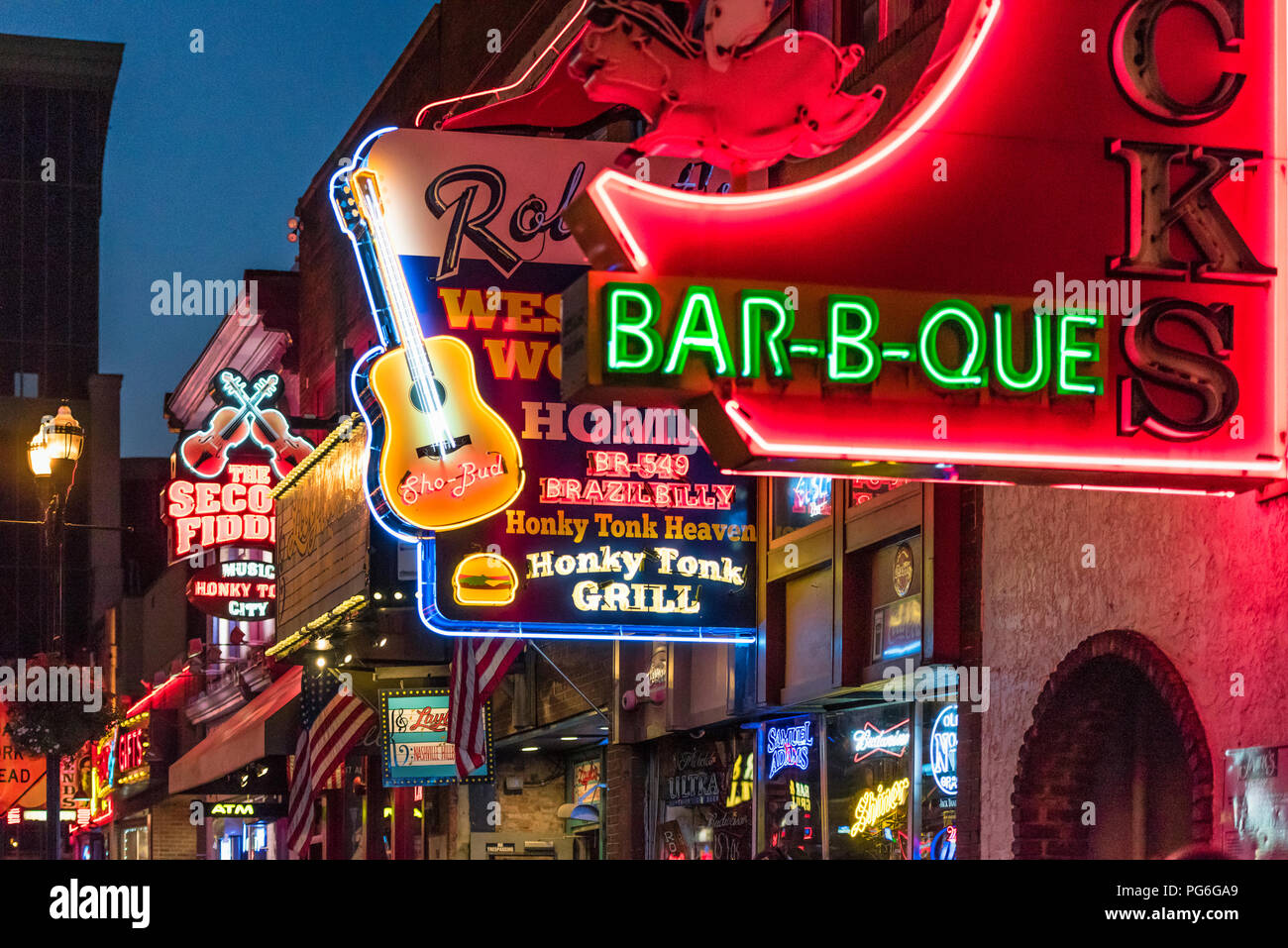

The recreation area features a life-size bronze depiction of Bradley sitting at a piano. Located on 16th Avenue South near its intersection with Division Street, the park opened in 1997. Owen Bradley Park is a small urban open space dedicated to this influential musician and producer. Philanthropist Mike Curb purchased the building 24 years later and restored it for use as a recording studio and classroom for Belmont University. The building was converted into office space in 1982. Other musical acts to record here include Bob Dylan, Johnny Cash and Simon and Garfunkel. It was the setting for hits like Patsy Cline’s Crazy and Bobby Vinton’s Blue Velvet. They attached the Army surplus hut to a house he bought at 804 16th Avenue South, which was converted into a music and video recording space.

Owen Bradley opened Columbia’s Historic Quonset Hut, the first recording studio on Music Row, in 1954. The lights are still present in the recording studio today. While Presley was recording a Christmas album one July, the studio crew hung a string of colored lights from the ceiling to help the King get into the holiday spirit. The setting for hundreds of hit recordings by legendary artists like Elvis Presley, Dolly Parton and Willie Nelson, it played an instrumental role in the development of the Nashville Sound.

Open for public tours, RCA Studio B is listed on the National Register of Historic Places. After the Hall of Fame moved to its current location in 2001, the museums were replaced with upscale shops, clubs and restaurants. The area was once the home of the Country Music Hall of Fame as well as several other smaller museums dedicated to individual stars of the musical genre. Many of the offices are housed in the neighborhood’s beautiful old 19th-century homes and mid-20th-century office buildings. As a result, Music Row is synonymous with the country music industry just as Madison Avenue is used to refer to the advertising industry and Hollywood means movies and television.

Owen Bradley, a staff pianist at WSM and RCA studio executive Chet Atkins were instrumental in developing the “Nashville Sound,” a smooth and sophisticated crossover style of country music, on Music Row in the mid-1950s, which has evolved into the fusion of country music and soft rock known as country pop.Īlong with radio stations and networks, the neighborhood is the setting for recording studios, publishing houses, music-licensing firms and other organizations like video production houses that serve the music industry. They chose Nashville and built the historic RCA Studio B, which has played a role in the careers of numerous legendary performers. With the signing of Elvis Presley, RCA Victor realized the need for a branch office in the southeast. As the moniker became widely accepted, the city rapidly grew into one of the nation’s top centers for music recording and publishing. The neighborhood attracted music industry firms after WSM announcer David Cobb referred to Nashville as “Music City, USA” during a broadcast in 1950.
#Live music bar nashville full#
The city’s vibrant ambiance and Southern hospitality are always on full display.ĭeveloped in the 1950s, Music Row is considered the hub of the city’s entertainment industry. It has grown from a backcountry trading post to the Country Music Capital of the World. Known as Music City, Nashville boasts numerous exciting attractions and down-home eateries as well as famous honky-tonks, dance clubs and other live entertainment venues.


 0 kommentar(er)
0 kommentar(er)
